Read next
The latest news, updates and expert views for ambitious, high-achieving and purpose-driven homeowners and property entrepreneurs.


If you talk to homeowners or developers who have submitted a planning application, or the planning consultants or architects who have put in an application on their behalf, you’re likely to get the sense that the whole English planning system has ground to a halt. While things aren’t quite that bad, there is certainly a problem. It’s one that central government is aware of, which is why it has recently made some substantial legislative changes, including an increase in planning application fees from 1 April 2025.
In this article, we are going to explain the reasons for the delays, why the official statistics don’t provide an accurate sense of what is going on, and how to put yourself in a position to stop your application from taking longer than necessary.
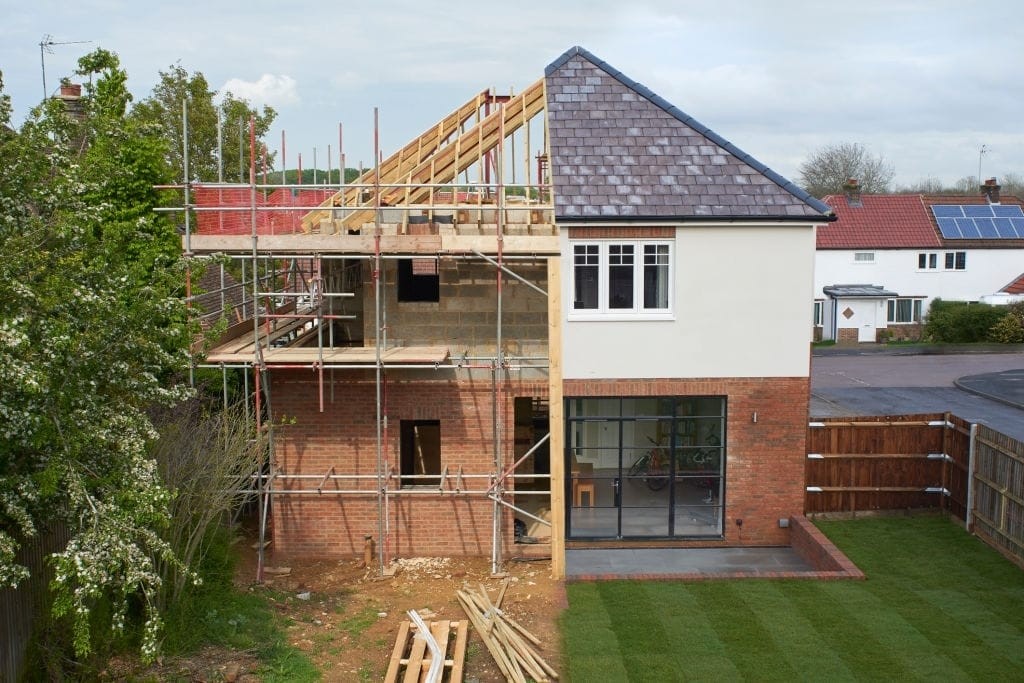
Planning applications are formal requests made to local planning authorities (LPAs) to seek permission for proposed changes to the exterior of a building (or the exterior and interior if it is being demolished and replaced) and/or what it is used for.
The purpose of planning applications is to ensure that any proposed development aligns with local planning policies, environmental considerations, and community interests.
Planning application timeframes provide a structured framework for the decision-making process. Local authorities are, in theory, bound by specific time limits within which they must review and determine applications. These timeframes are meant to ensure that decisions are made on schedule, preventing unnecessary delays.
Timeframes should help in the efficient allocation of resources for the council. By establishing specific periods for reviewing applications, authorities can plan their workload and allocate staff and resources accordingly. If all this works as it should, applications can be processed in a systematic manner without overwhelming the capacity of the LPA.

For most applications, the time in which a decision is supposed to be issued is eight weeks. For major applications, the council should make a decision in 13 weeks.
What constitutes a major application? If what's being applied for is 10 or more homes, or if the number of homes isn’t specified but the site area is 0.5 hectares or more, it’s classed as major. The same applies if the total new floorspace being created is 1,000 square metres or more - including changes of use - or if the site area is 1 hectare or more for non-residential schemes.
From the time you apply for planning permission, your application goes through multiple steps until the decision is issued. These days, most planning applications are submitted online through the national Planning Portal.
Once your application is submitted, you will be prompted to pay for the application – and when the fee is paid, the application is forwarded to the local planning authority. The LPA will assess your application and evaluate if there are any documents missing, if there are, the council will request those in order to validate your application.
When the application has been assessed as valid, the council will let you know, assigning you a case officer and setting a determination date. This is when the eight/13-week period begins. Your application will be publicised, with consultation invited from the general public and relevant experts. After all the consultations have been collected, the planning committee or a delegated planning officer will issue a decision, ideally by the agreed determination date.
If the council does not issue a decision by the agreed determination date, you have the right to apply for a non-determination appeal to the Planning Inspectorate. A non-determination appeal will take away all powers of decision from the LPA and hand them to the Planning Inspectorate, which is a national agency independent of all local authorities.

Before the 1990s, there were no statutory time limits for determining planning applications in the UK. The process was often criticised for its lack of efficiency, with applications experiencing significant delays, sometimes stretching to years.
In the early 1990s, the UK government introduced reforms aimed at improving the speed and efficiency of the planning process. The Planning and Compensation Act 1991 introduced statutory time limits for determining planning applications. Local planning authorities were required to make decisions within eight weeks for most applications and 13 weeks for major proposals.
Through the 2000s, there was a drive to further streamline the planning process and reduce delays. The Planning and Compulsory Purchase Act 2004 introduced a "fast track" process known as the Major Infrastructure Planning (MIP) regime for nationally significant infrastructure projects. These projects, such as large-scale energy developments or transport infrastructure, were subject to accelerated decision-making and stricter timeframes.
During the 2010s, the UK government sought to simplify and speed up the planning system. The Localism Act 2011 introduced reforms to give more decision-making power to local communities through Neighbourhood Planning and Community Right to Build initiatives. Additionally, the Growth and Infrastructure Act 2013 allowed developers to apply for a "planning performance agreement" with the local planning authority, which could set agreed timeframes for determining larger, more complex applications.
In recent years, the focus has been on digitising and modernising the planning system. While there are strides being made to expedite the planning decision-making process - particularly with the spate of planning system changes announced by the new Labour government in 2024 including an updated NPPF - the effects of Covid-19 continue to be felt across most local planning authorities as they catch up from the delays caused during lockdowns.
The COVID-19 pandemic had a significant effect on planning application timeframes. There were a number of factors at work.
The first is that many councils said it took them several weeks to be fully set up for working from home. This is understandable, due to the high level of confidentiality that is expected when dealing with the kind of sensitive personal data entrusted to local government. But this came at a time when councils - and their planning departments were no exception - were already complaining about underfunding.
This was compounded by a bust-boom in the number of planning applications in 2020. In the early days of the pandemic, understandably, few applications were submitted in a climate of fear and huge uncertainty. But a relative easing of restrictions in the early summer of that year led to record numbers of applications being submitted in July. It was more than many councils could deal with, and the effects are still being felt years later.
Many councils are still facing low levels of staffing that have dramatically affected the turnaround time of applications. The effect of understaffing is felt even stronger during popular holiday times when many officers take annual leave. Overall, we advise you to prepare yourself for longer than standard decision times. With backlogs, understaffing and general inefficiencies, the councils are issuing decisions slower than they are coming in.
Brexit - the United Kingdom's decision to leave the European Union - had significant implications for the planning system.
During the transition period and subsequent negotiations, there was uncertainty and potential disruption to policies, regulations, and funding streams. This uncertainty affected planning decision-making and caused delays as authorities navigated through institutional changes and the need to adjust their processes.
Economic conditions, such as recent recessions, have also added to planning decision delays. These economic downturns have reduced investment in development projects, leading to more lapsed planning applications. When conditions improve, those projects are revived and new applications put in, effectively duplicating work that has already been done.
Planning applications involve engagement with various stakeholders, including neighbouring residents, community groups, environmental organisations, and highway authorities. If there is significant opposition or objections to a proposed development, it can lead to extended periods of negotiation, additional consultations, or even legal challenges. These factors result in delays as planning authorities thoroughly consider the concerns and seek to address them appropriately.

So far, we have discussed the eight and 13-week official timeframes. But the clock only starts running once your application has been validated by the council.
Traditionally, the assumption was that validation would take days - but it can often take weeks and sometimes months. There is no right to appeal a planning application that doesn’t technically exist yet because it has not been judged valid.
We should say that councils that have taken weeks to validate will sometimes backdate the start of the official application timeframe to when it was submitted, but that doesn’t happen every time.
And there are big efforts to reduce the number of invalid applications, with councils aiming to be better at explaining what documents are needed for which type of application as well as a digital pilot programme known as RIPA (Reducing Invalid Planning Applications), which is now part of the Open Digital Planning project. Eventually, these should help, but for now, be prepared for a wait for validation.
If you look at the government statistics showing the percentage of planning decisions delivered on schedule, these will seem surprisingly high to many people with experience of the process.
Is it really true that, for instance, in the second quarter of 2024, 87% of decisions on minor planning applications in England happened within eight weeks?
No.
What the statistics actually tell us is “87 per cent of minor applications were decided within eight weeks or the agreed time” [our italics]. And so the headline government statistics reveal very little about the timing of planning applications.
Why? Because “or the agreed time” means that the planning department can ask the applicant to agree to an extension of time, and that if they say yes, then the application is officially “on time” again, even if it was submitted a half-year or even a year earlier.
According to the Planning Advisory Service, which is part of the Local Government Association, ”for the overall credibility of the planning system, extensions of time should really be the exception and efforts made to meet the statutory timescale wherever possible.”
In our experience, extensions of time are not the exception. They are very common indeed.
If it seems perverse that applicants should agree to multiple extensions of time, it’s not as simple as that. Planning applications tend to be decided on time if either they are quite straightforward or the council knows early on that it is going to refuse. Applications where the council asks for more information or suggests that changes can be made that would make it acceptable (or both) tend to overrun.
That’s what encourages applicants (or their agents, e.g. planning consultants or architects) to keep agreeing to extensions of time – the hope is that by being patient and cooperative, you will end up with a positive outcome. And that can happen, but side effects include protracted applications and completely misleading planning statistics.

Traditionally, LPAs have argued that this problem could be overcome if everyone with a potentially complex application paid for pre-application advice first. That position has now effectively collapsed because the councils that are taking a long time to deal with planning applications are taking just as long to deal with pre-apps.
One London council is taking three to six months to issue the reports after pre-app meetings. In the summer of 2022, Bromley suspended its pre-app service altogether. And one Midlands council is taking at least five months just to assign a pre-app request to a planning officer. In those circumstances, it’s hard to see how this is a route that helps speed things up.
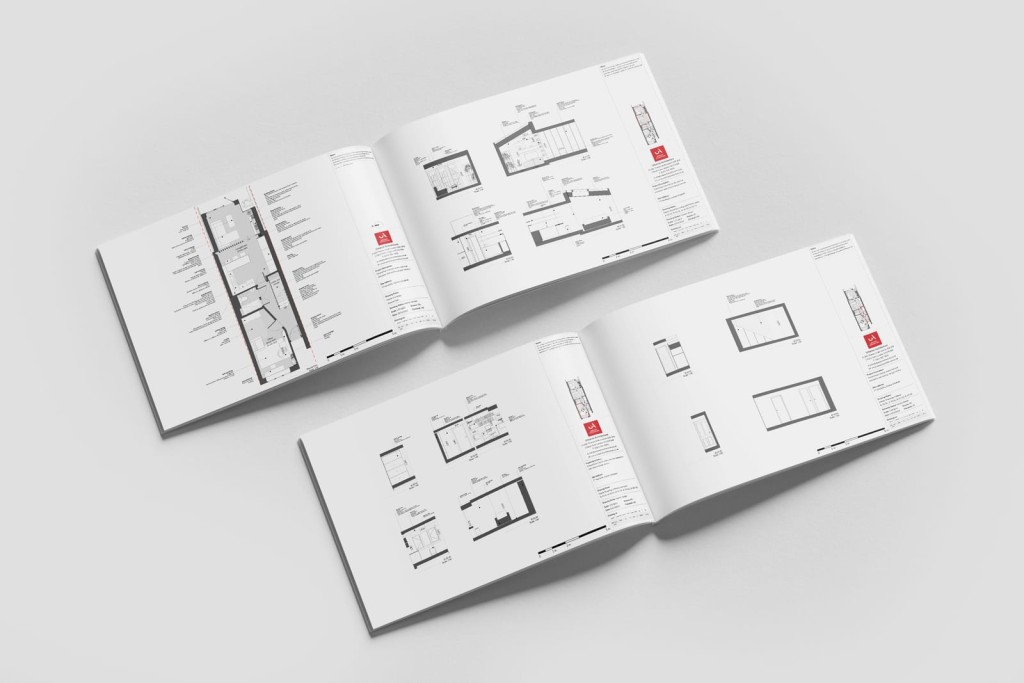
As a firm that works with many councils, we have naturally encountered many delays for validations and decisions.
This scheme, which we submitted to the London Borough of Ealing, was to convert a large Victorian house into five high-quality flats. After developing an application that highlighted the respect for the site’s conservation area, the project’s contribution to local housing supply and its high-quality design, the council simply didn’t make a decision and the months dragged by.
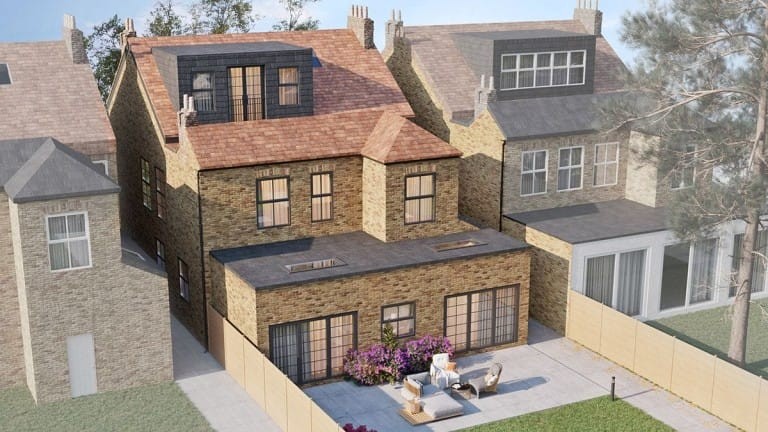
Left with no option, we put in a non-determination appeal, which means that if the council can’t or won’t decide, it’s up to a planning inspector to judge instead. The inspector decided that on balance, the benefits of the proposal were more important than any possible drawbacks, they do and so our clients finally got planning permission for the five flats.
At some point, waiting will not pay off and you must seek an appeal. In this case, the officer had left the council and not passed off the case to another officer! Without taking appeal action, we may have never received a decision.
We also experienced delays when we submitted a scheme for the construction of four new-build houses that were replacing a storage space in the London Borough of Bromley.
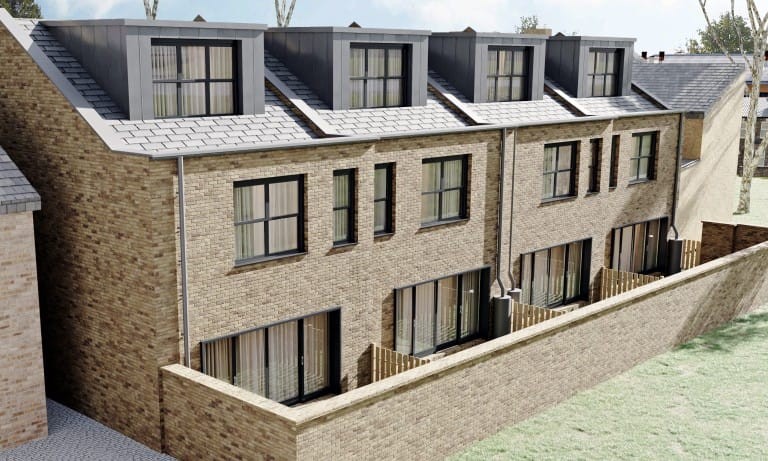
After trying several different options to design the site, we submitted a five-house version for pre-application advice from the council. The council was almost two months late in delivering its report. Unfortunately, there are no appeal processes to request the pre-application advice when it is late beyond its originally agreed timeline.
Eventually, we did receive the pre-application report and could alter the proposal to a four-house scheme that was submitted. The delays during the pre-application process can be the most frustrating because often there is nothing that can be done other than trying to chase and contact your case officer to push them for the required communication.
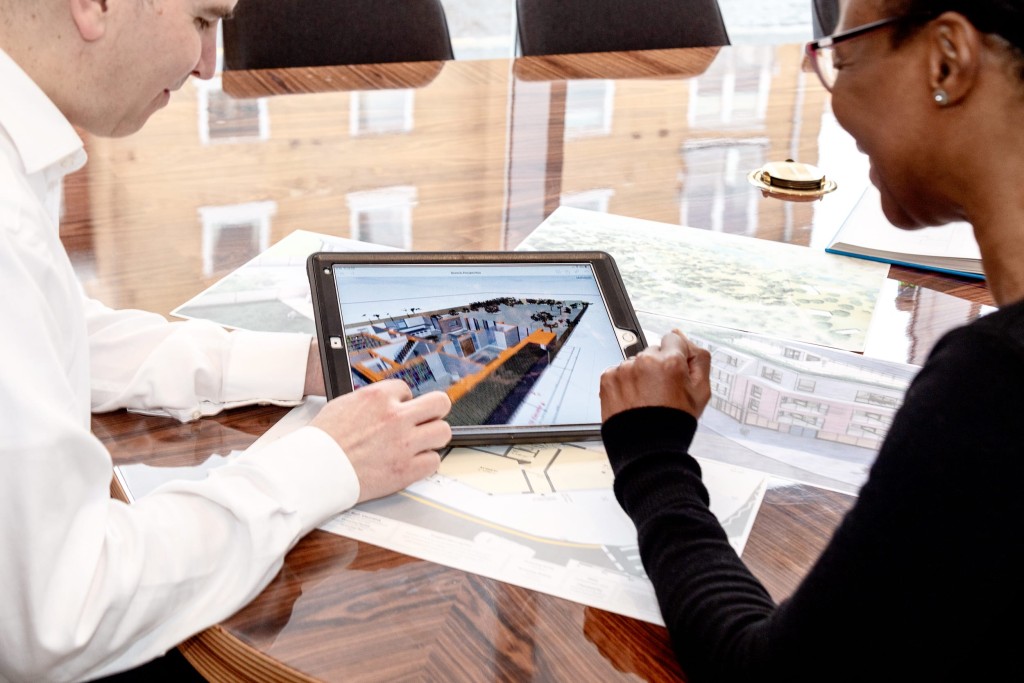
As we have said, we have had many experiences with many councils in which we have encountered delays. Given this, we have learned the best strategies to navigate the process efficiently and effectively.
The first step to minimise the time it takes to validate your application is to ensure that your application is fully developed and all documents are submitted at the beginning. Forgetting a plan or a report will delay your application and can double the council’s time to validate.
The age-old proverb that says you can catch more flies with honey than with vinegar rings truer than ever when talking to councils and officers. While it can be frustrating to be ignored or brushed off by officers, we can confidently say that it never pays off to communicate your anger or act hostile towards anyone in an LPA. Being polite and understanding of the council’s delays will ensure that your case is looked upon fondly and have its decision issued sooner rather than later.
Next, make sure that the officer doesn't forget about your case. Most planning officers are juggling a large number of applications; therefore, it can be easy for them to forget about your case.
By following up regularly, politely, of course, the case officer will remember the necessary actions that need to be taken on your case to meet their determination date. Sending chase emails can be the subtle reminder the officer needs to meet your application’s deadline.
The legal determination timeline of eight or 13 weeks is now more representative of a goal rather than a hard and fast rule. As councils are digitising their records and moving all systems to digital platforms, they should be able to process faster and more efficiently to work through the application backlog caused by the pandemic.
On top of the existing backlog, recent economic conditions and Brexit have caused staff shortages that limit the application capacity of councils to the point where they may take weeks or even months longer than accepted timelines to issue validations and decisions.
We have handled many delayed applications and validated cases, and learned the best techniques for dealing with the council and deciding when a non-determination appeal is necessary. Due diligence on the council’s requirements and the documents you are submitting helps expedite the validation and decision process. Being kind and polite to your case officer, but still adding enough pressure to get attention for your application, is necessary for the quickest and most favourable results.
Since the height of local planning authority delays, which was in 2021, the average amount of time on planning decisions has decreased to its current levels. We can expect that in the coming months and years, this delay should decrease further - particularly with a new goverment in power so committed to overhauling the planning system.
For help with your planning application, don't hesitate to get in touch with our team. We are a multidisciplinary team for architecture and town planning based in Greenwich, with a 97% success rate in planning permission for our clients. We're here to help, and we'd love to get your project over the line.

Nicole I. Guler BA(Hons), MSc, MRTPI is a chartered town planner and director who leads our planning team. She specialises in complex projects — from listed buildings to urban sites and Green Belt plots — and has a strong track record of success at planning appeals.
We look forward to learning how we can help you. Simply fill in the form below and someone on our team will respond to you at the earliest opportunity.
The latest news, updates and expert views for ambitious, high-achieving and purpose-driven homeowners and property entrepreneurs.
The latest news, updates and expert views for ambitious, high-achieving and purpose-driven homeowners and property entrepreneurs.


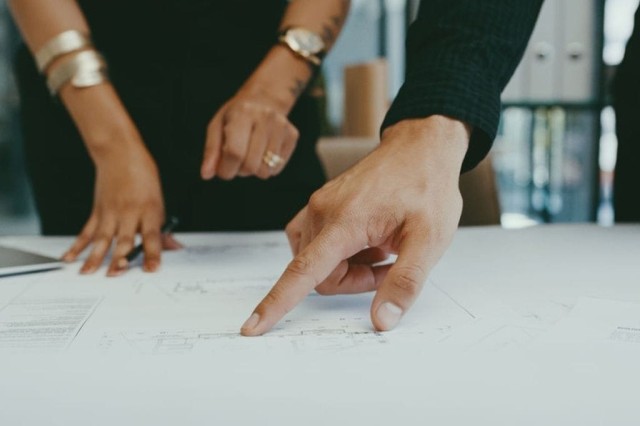


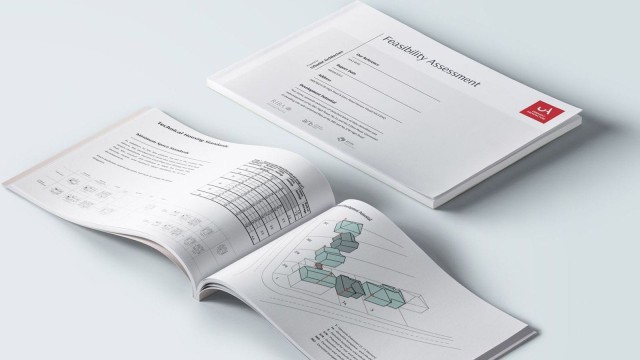
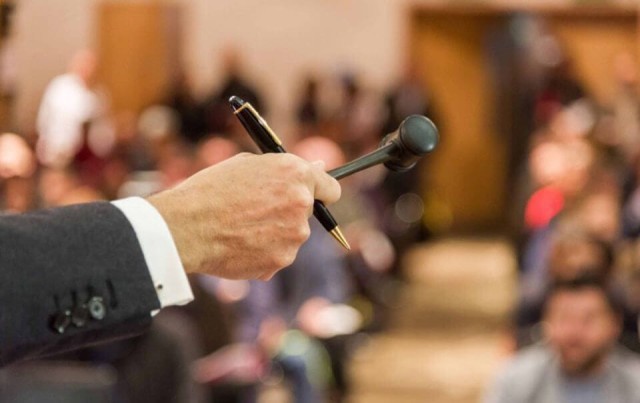
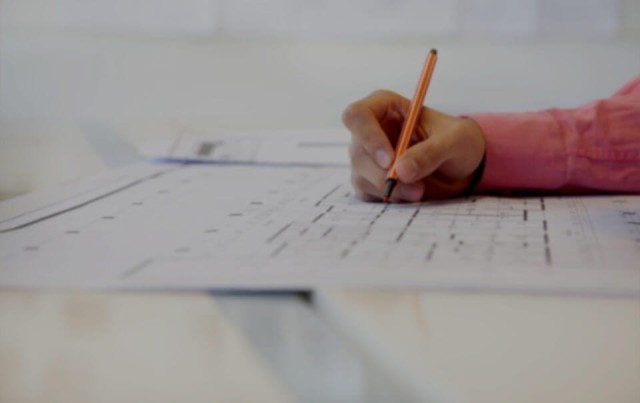


We specialise in crafting creative design and planning strategies to unlock the hidden potential of developments, secure planning permission and deliver imaginative projects on tricky sites
Write us a message